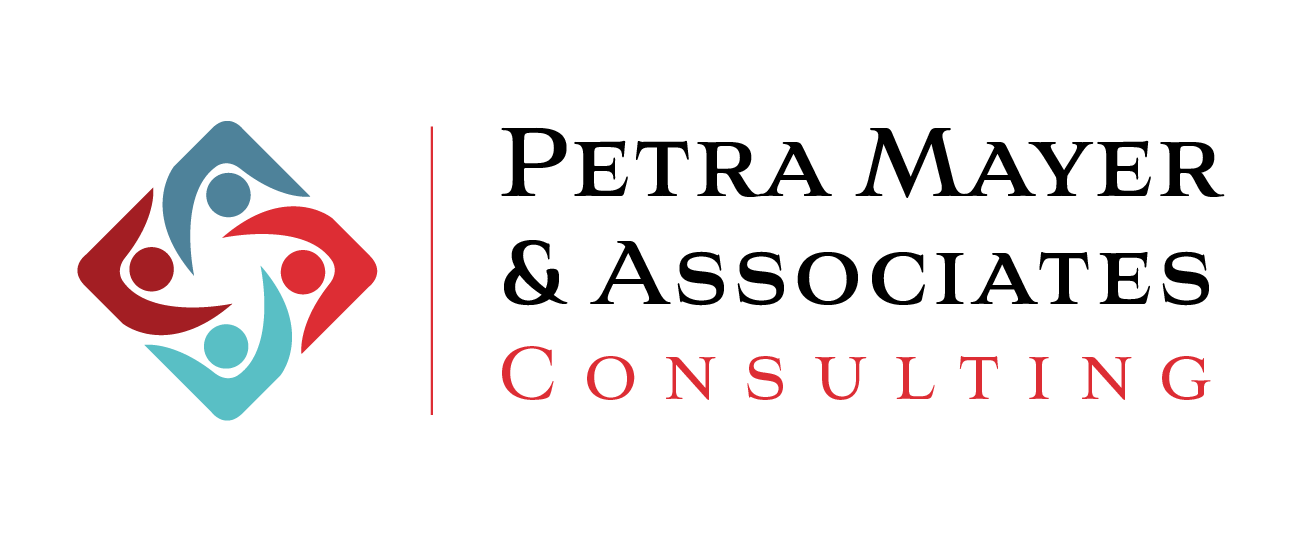Organizations are continually seeking innovative ways to develop their workforce. One effective method that has gained traction is the implementation of learning paths. But what exactly is a learning path, and how can it benefit your organization? In this guide, we’ll explore the concept of learning paths, their advantages, and how to create and implement them effectively within your organization.
What is a Learning Path?
A learning path is a structured sequence of courses, modules, or educational content designed to help individuals achieve specific learning goals. Think of it as a roadmap that guides learners through a series of steps, enabling them to acquire the skills and knowledge necessary to excel in their roles. Learning paths can be customized to suit various industries, job roles, and individual learning preferences, making them a versatile tool for organizational development.
Why Learning Paths Matter
Learning paths are essential for several reasons. Firstly, they provide a clear and structured learning journey, reducing the overwhelming feeling that often accompanies professional development. Secondly, they help align training with organizational goals, ensuring that employees are acquiring the skills needed to drive business success. Finally, learning paths encourage continuous learning and improvement, creating a culture of growth within the organization.
Components of a Learning Path
Understanding the key components of a learning path is essential for creating an effective and engaging educational experience. Each element plays a crucial role in ensuring that learners acquire the necessary skills and knowledge to achieve their goals. By integrating these elements, organizations can develop structured and impactful learning journeys that drive continuous improvement and growth.
Courses and Modules
At the heart of every learning path are the courses and modules that make up the educational content. These can range from short, focused lessons to comprehensive courses covering complex topics. Each course or module should be designed to build on the previous one, creating a cohesive learning experience.
Assessments and Evaluations
To ensure that learners are absorbing the material, assessments and evaluations are crucial components of a learning path. These can include quizzes, tests, practical assignments, and peer evaluations. Regular assessments help track progress and identify areas where learners may need additional support.
Milestones and Goals
Setting clear milestones and goals is essential for keeping learners motivated and focused. Milestones act as checkpoints, allowing learners to celebrate their achievements and stay on track. Goals, on the other hand, provide a sense of direction and purpose, ensuring that learners understand what they are working towards.
The Benefits of Learning Paths
Implementing learning paths within an organization offers many advantages that can significantly impact both individual and organizational success. By providing structured and tailored educational experiences, learning paths improve many aspects of employee development and engagement.
Personalized Learning Experiences
One of the significant advantages of learning paths is their ability to provide personalized learning experiences. By tailoring the content to individual needs and preferences, organizations can ensure that each learner receives the most relevant and effective training. This personalization can lead to increased engagement and better learning outcomes.
Improved Skill Development
Learning paths are designed to build skills progressively, ensuring that learners develop a comprehensive understanding of the subject matter. This approach helps employees acquire both foundational knowledge and advanced skills, making them more proficient in their roles.
Enhanced Employee Retention
Investing in employee development through learning paths can significantly improve retention rates. When employees feel that their growth and development are valued, they are more likely to stay with the organization. Additionally, well-structured learning paths can help employees see a clear career progression, further enhancing their commitment to the company.
Creating Effective Learning Paths
Developing a successful learning path involves several strategic steps to ensure it meets the needs of both the organization and its employees. A well-designed learning path not only facilitates skill acquisition but also aligns with the company’s goals and objectives. By following these guidelines, organizations can build learning paths that drive meaningful and lasting development.
Identify Learning Objectives
The first step is to identify the learning objectives. What skills and knowledge do you want your employees to acquire? How will these skills contribute to the organization’s goals? Clear objectives provide a foundation for designing a structured and effective learning path.
Choose the Right Content
Selecting the appropriate content is crucial for the success of a learning path. This includes choosing relevant courses, modules, and resources that align with the learning objectives. Consider incorporating a mix of instructional methods, such as videos, interactive simulations, and hands-on activities, to cater to different learning styles.
Incorporate Feedback and Adjustments
Continuous improvement is a key principle in the design of learning paths. Incorporate feedback from learners and trainers to identify areas for improvement and make necessary adjustments. This iterative process ensures that the learning path remains effective and relevant over time.
Implementing Learning Paths in Your Organization
The final step is to implement the learning path in your organzation. Successfully implementing learning paths within an organization requires careful planning and the right tools to ensure they are effective and beneficial for learners. Utilizing a robust LMS, engaging and supporting learners, and monitoring progress are critical steps in this process. By following these best practices, organizations can implement learning paths that drive continuous improvement and skill development.
Leverage LMS’s
A robust LMS is an invaluable tool for implementing learning paths. An LMS allows you to organize, deliver, and track educational content efficiently. It also provides features such as progress tracking, reporting, and analytics, which are essential for managing learning paths effectively.
Engage and Support Learners
Engagement and support are critical for the success of learning paths. Encourage active participation by creating interactive and engaging content. Provide ongoing support through mentors, coaches, or peer networks to help learners navigate their learning journey.
Monitor Progress and Outcomes
Regularly monitoring progress and outcomes is vital for ensuring the effectiveness of learning paths. Use data and analytics to track learner performance, identify trends, and make informed decisions. This information can help you refine the learning path and address any gaps or challenges that arise.
Final Thoughts
Learning paths are a powerful tool for enhancing workforce development and achieving organizational goals. By providing a structured and personalized learning experience, learning paths help employees acquire the skills and knowledge needed to excel in their roles. Implementing effective learning paths requires careful planning, the right tools, and continuous improvement. By following the guidelines outlined in this guide, you can create and implement learning paths that drive success for your organization.


